When I went Georgia for TomeCon (an amazing middle school writing festival), I decided to talk about how real life has influenced my writing and how students could use their real life stories to write fiction.
Whenever I read fiction, I always wonder what the author has taken from real life, what has influenced him or her to include even the smallest of details? And details, of course, are what makes fiction sing.
All fiction contains truth or universally true elements related to human behavior, but articulating it was really fun because I use real life ALL OF THE TIME in my fiction.
I borrow so heavily from real life that sometimes I don’t even think I have all that much of an imagination.
In GUINEVERE ST CLAIR, many of my main characters were based on people I really knew. Guinevere’s mother’s brain injury came from a tragic accident that left a mother I personally knew unable to remember anything after the age of thirteen.
Guinevere had a cow named Willowdale Princess Deon Dawn. My dad had a cow with that exact name - how could this not be used???
There’s that goose scene, which came from my father-in-law, the most gentle of giants, who was defending his little sister when they were young (he really did wring its neck. yikes).
There are many more examples.
TEN THOUSAND TRIES was born from knowing a good friend with ALS, a boy who loved Messi, and coaching a middle school co-ed soccer team in New Hampshire. I also knew a cat named Curtis Meowfield.
Names are super fun to use and tweak!
THE MCNIFFICENTS features six McNiff children who have a miniature schnauzer nanny name Lord Tennyson. Guess what my dog is really named?! And my mother once spray painted the library fence using the exact words from her sister’s journal. That had to make it into a book!
In the beginning, it was hard for me to break away from “this is exactly the way it happened” (and it’s super funny when an editor says “that doesn’t seem realistic”) but over time, I have gotten much more comfortable lying fictionalizing the truth - it is GREAT FUN.
People always ask - do you have to ask permission when using real life? Will they be upset?
First, I advise you to write the story you want to write without ANY self editing.
Then -
Ask yourself if the story is obviously identifiable (sometimes it morphs into something that’s not as obvious as you might have thought). If you’re still worried about it, it’s a good idea to ask permission, especially if it’s a sensitive topic. Is a relationship worth straining to write a better story? I’ve never had anyone tell me no.
Write with the door closed, rewrite with the door open. -Stephen King
But I haven’t always asked, and it’s so interesting that your character descriptions are not always identifiable to others. Either my perspective and the character is tweaked enough, or it’s not how someone would describe themself or someone else. And in that case, I most likely don’t want them to know I was using them as a character study.
It’s a little freaky, actually, how differently we all see and perceive the world. Ask enough witnesses about what they saw, and recollections will be different from other witnesses (especially as more time goes by).
When I was teaching Anatomy and Physiology, Malcolm Gladwell’s Revisionist History podcast was used to study memory and the brain. The one that still haunts me is “Free Brian Williams” based on what Williams thought he remembered about taking enemy fire.
ANYWAY! The point is that if you want to write better fiction, USING REAL LIFE to get started is a fantastic motivator. Definitely use it.
Fictionalizing gives you FREEDOM.
“Write what you know” and then you can write what you don’t know
Real life is just the seed…let go and allow your imagination to take over. It will.
One of the slides I use when I’m presenting this topic at a school is this:
I say, “Do you recognize any of these titles?”
“YES!” they yell.
They get really excited to point out the books they’ve read or recognize. There are hundreds and hundreds more books I could feature, but the point is - these books are fiction, but ALL OF THEM are based on real life. Either the author told me this, or I read about it.
You can do this, too!
If you want to write memoir or non-fiction, you must tell the truth and get the facts right.
But if you want to write fiction, you can use real life to merely inspire and inform - the brain and imagination will take over from there.
Your stories matter. Only you have experienced your life.
So get started:
Pay attention to the details around you
Read a lot (observe the craft)
Write a lot (learn the craft)
Share your stories!
I’ll write a Part II of this post and include the specific questions and writing prompts I ask when teaching a writing workshop that you can use to turn your life into fabulous fiction. And if you just can’t wait, book an author visit now (hit reply).
Ciao for now.
Amy ❣️
Book Recommendation: A Place to Hang the Moon
A Place to Hang the Moon by Kate Albus:
Classified as middle grade historical fiction, y’all will enjoy. It’s so good!
It has a classic Narnia feel featuring three orphan siblings who are sent away to the country from London during World War II. They billet with strangers willing to take them in, but not all goes well, of course.
There are quotes and references to great literature throughout, as well as a reading list at the back of the book (because our orphans are very well read!)
William, Edmund, and Anna knew, somewhere deep in the place where we know things that we cannot say aloud, that they had never lived in the sort of home one reads about in stories - one of warmth and affection and certainty in the knowledge that someone believes you hung the moon…affection is not the same thing as proper family love. This sort of love, the children only knew from one another - and from books.
Made me laugh:
There are surely special fires reserved down below for those who throw snowballs at small children.
Yes!:
Honestly. If you’re going to wish for something, wish big.
One more:
You’ve experienced a variety of bedtime stories, I’m certain. You know their magic. A well chosen bedtime story sets you on the path to the dream you most need to have…this story, this night, was unlike any other. As the children sank into sleep, the words of the familiar rhyming tale were comfort and tenderness, ritual and home. A sort of prayer. A sort of lullaby. It set them on the path to dreams that felt rather like hope.
I met the author Kate in Georgia. She’s as wonderful as this book she wrote!
Good News and Story Links:
Judy Blume covers: is super inspiring to me, both as a writer and artist.
It’s AAPI Month!: A favorite Asian American Pacific Islander author whose books I’ve personally read (and loved) is Mae Respicio. Check out her books!
Listen: Jodi Kantor (of the NYTimes; she broke the Harvey Weinstein story). What every student journalist needs to know. THIS INTERVIEW with
!!!🎉 Insta love: Let’s be friends on Instagram
📬 Forward this to a friend and tell them to subscribe (hint: here).
📚Just Finished: Brown Girl Dreaming by Jacqueline Woodson wonderful.
What are you reading?
Before You Go…
THE MCNIFFICENTS comes out on June 20th - AHHH! I’m so excited for you to read it. Two of my nieces pitched it on Instagram yesterday 😂 so funny. so cute.
Purchasing a copy of my book and telling others about it is the best way to support my work. This community has been among my BEST support network - THANK YOU.
Pre-ordering on Amazon is totally okay. Your local bookstore is great.
If you order from either Gibson’s or Morgan Hill (my local bookstores), you’ll get a signed book, bookmark, AND a watercolor story map painting. (I also hope you’ll come to my book party launch on June 20th, at 6! Gregor providing the snacks 😋)
Awhile ago on the “Hidden Brain” podcast, they said that it takes the average 40-year-old several months to laugh as much as a child laughs in a single day. Um…THE MCNIFFICENTS WILL RECTIFY THAT :)


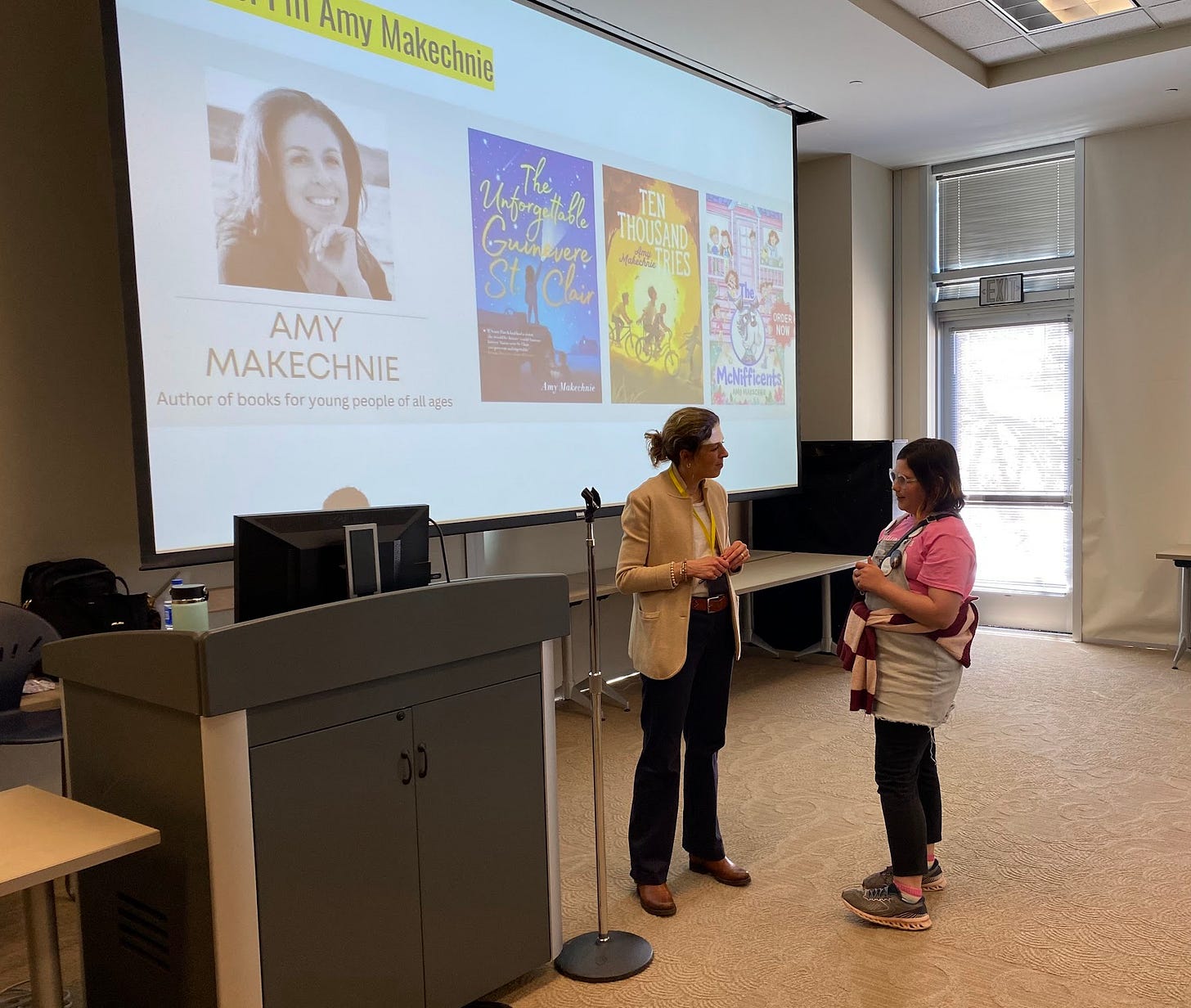
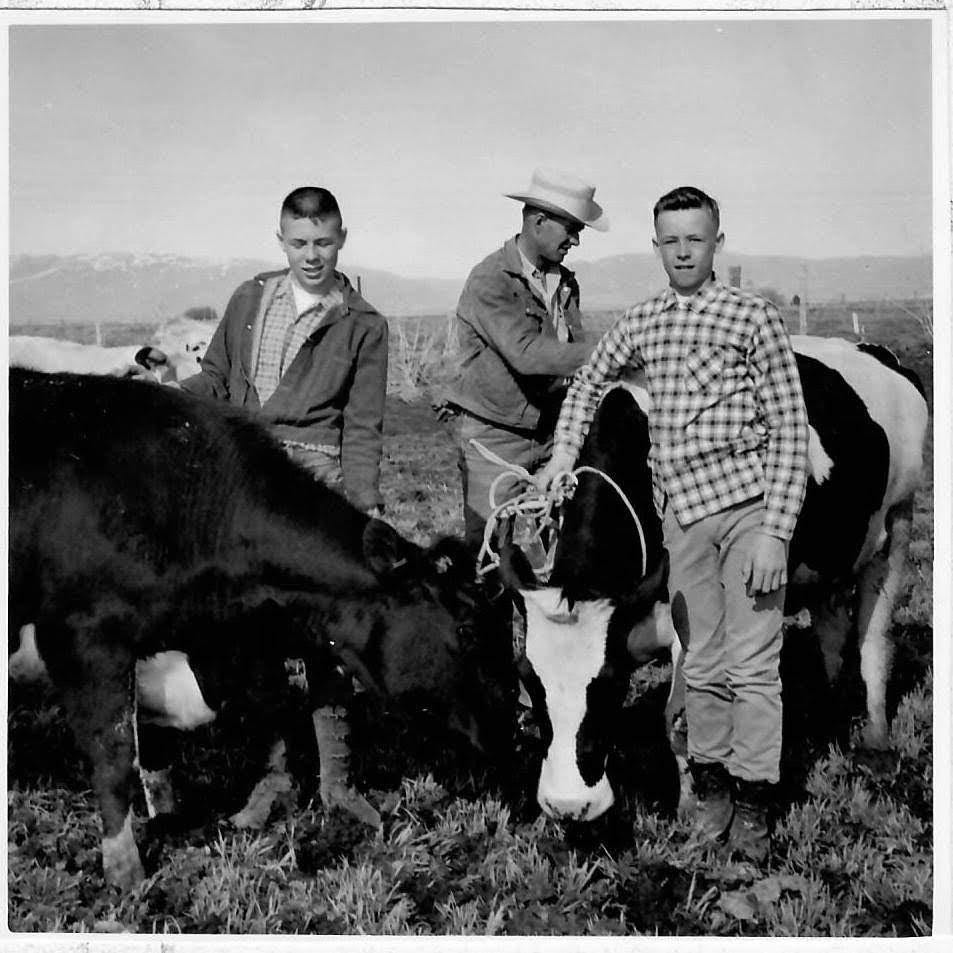
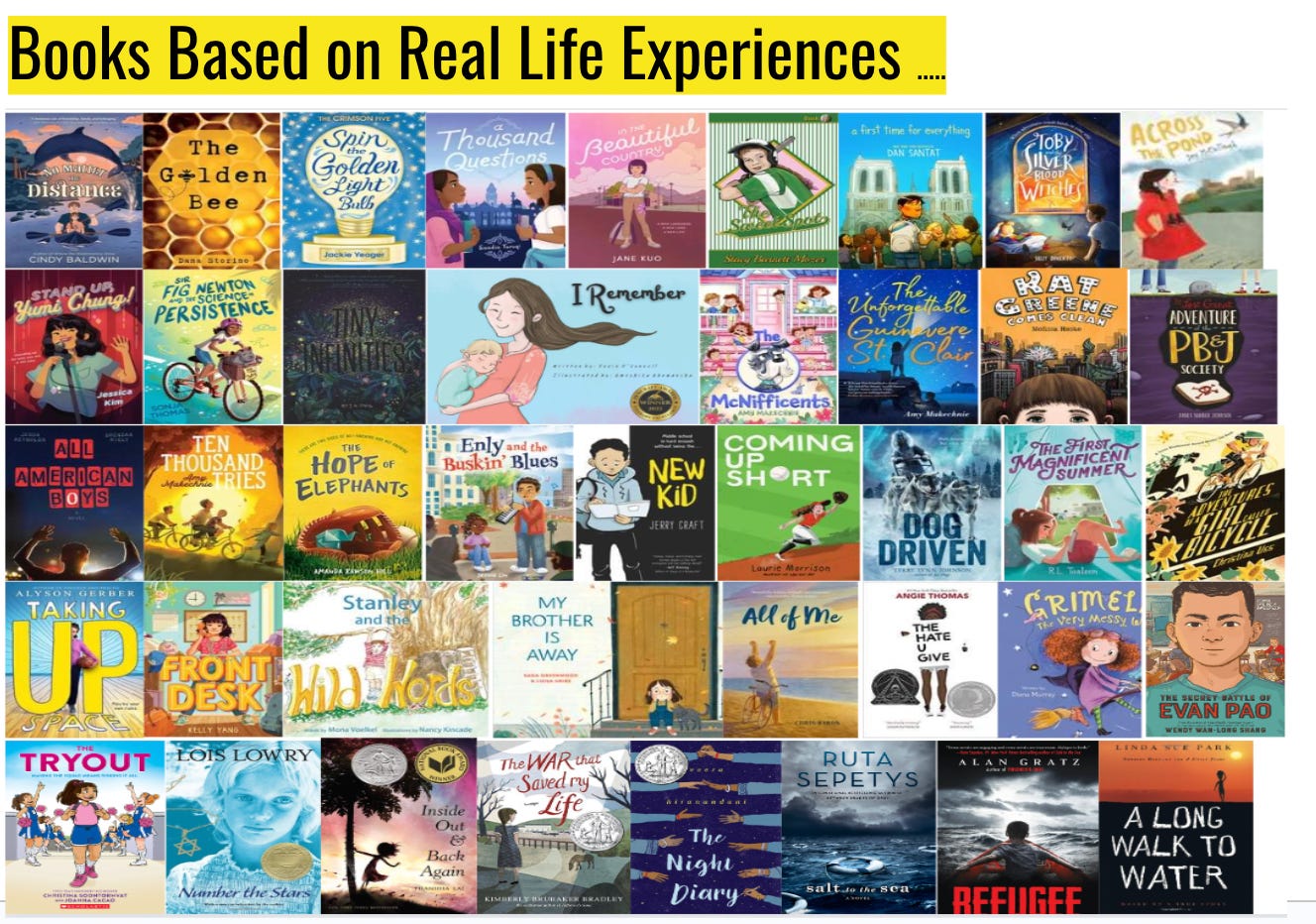
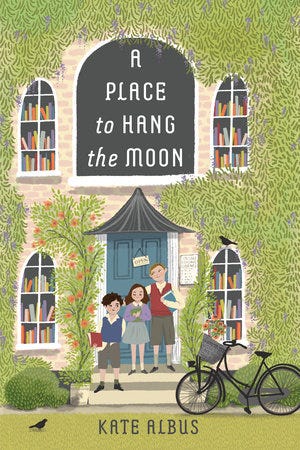

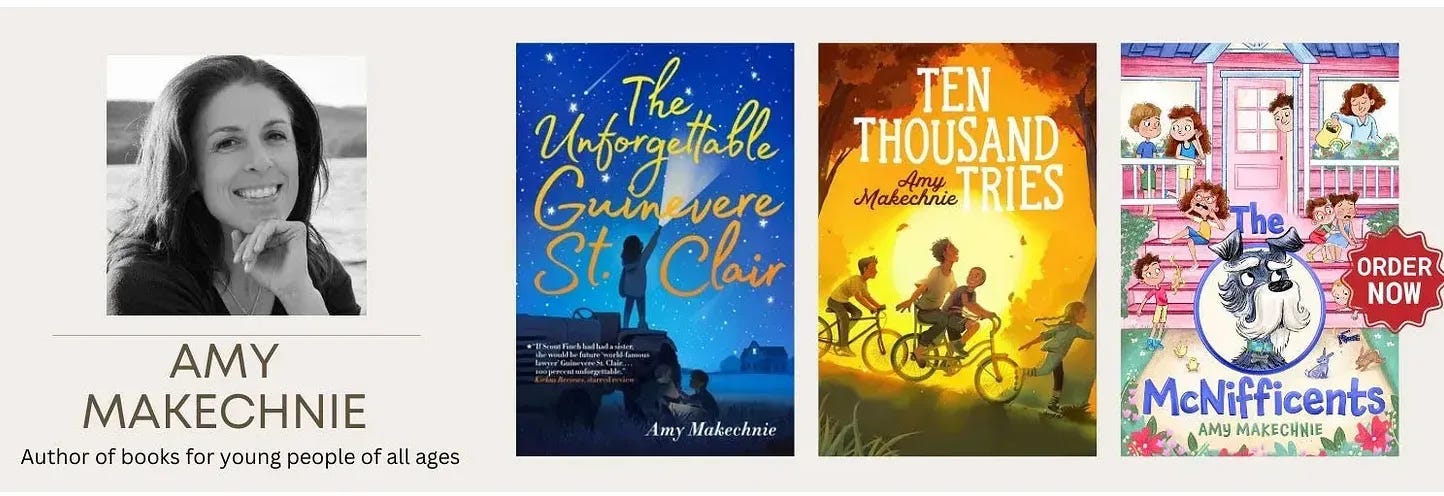
I want to read your new book! It seems so fun.
Thanks so much for the shoutout, Amy! Much appreciated.